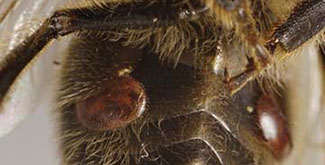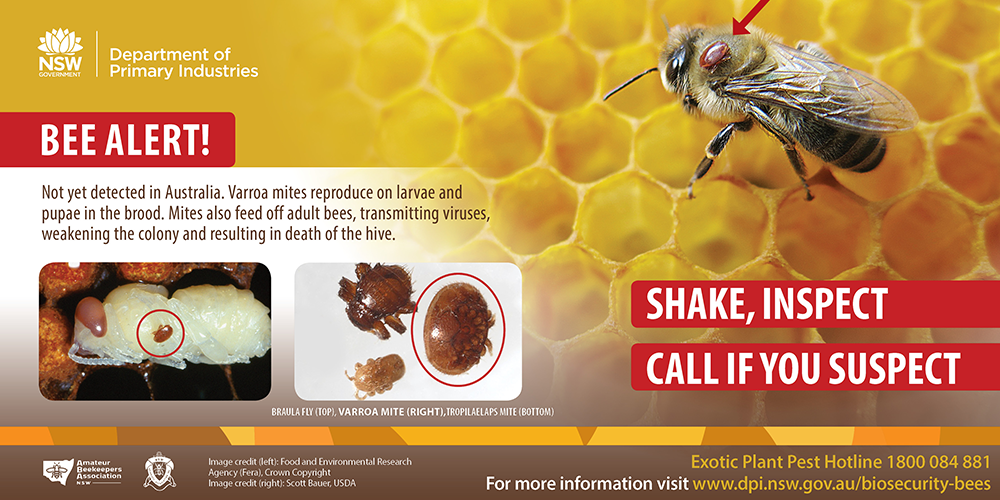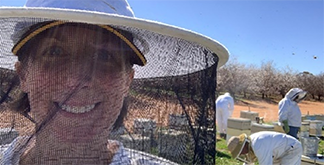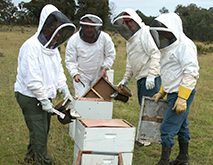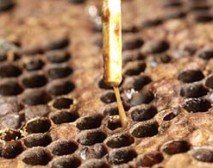03/04/2020 – 8:58 am
April is Sugar Shake Month, a joint initiative between NSW DPI, Amateur Beekeepers Association NSW, NSW Apiarists Association and the National Bee Biosecurity Program to promote awareness and surveillance for exotic bee mites in Australia. During April, all beekeepers are encouraged to perform a sugar shake test and submit their results to the NSW DPI. […]
Read more

